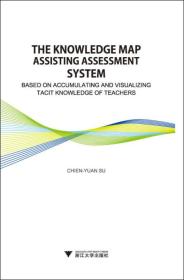
可视化教师隐性知识之知识地图辅助评量系统
¥ 35.46 8.9折 ¥ 40 九五品
仅1件
作者苏建元 著;苏建元 编
出版社浙江大学出版社
出版时间2014-10
版次1
装帧平装
货号A27
上书时间2024-11-05
- 在售商品 暂无
- 平均发货时间 12小时
- 好评率 暂无
- 最新上架
商品详情
- 品相描述:九五品
图书标准信息
- 作者 苏建元 著;苏建元 编
- 出版社 浙江大学出版社
- 出版时间 2014-10
- 版次 1
- ISBN 9787308139212
- 定价 40.00元
- 装帧 平装
- 开本 其他
- 纸张 胶版纸
- 页数 161页
- 字数 290千字
- 【内容简介】
- 长期以来,计算机或信息科技扮演着辅助教师处理试卷出题工作的重要角色,教师可以使用教材出版商所附之题库光盘或在线题库协助其进行教育试题的编制,然而,在教师出题的过程中,常发生教师忽略掉重要的课程概念或出题比重难以拿捏的问题。苏建元编著的《可视化教师隐性知识之知识地图辅助评量系统(英文版)》提出一个新的方法,利用知识地图赋予概念权重的方式,实作出一个能辅助小学教师进行出题的评量系统,当教师进行出题时,该能确保并建构一个适当的概念与试题间的权重比例,做为教师的出题参考,首先借由分析课程的内容架构,并得出概念之间的重要关系,并且透过可视化的知识地图进行呈现,接着教师除了能先行汇入所设计的电子试题来了解试题概念的比例分配之外,陆续收集来的相关电子试题,将提供系统进行自动试题分类与学习概念的粹取,使教师能进一步借由所设定之施测范围来取得试题,形成学习概念节点的知识地图,让教师依照知识地图所呈现的学习概念比重以及概念间的关连权重来判别并挑选出合适学习者的试题内容。该系统透过评估学习概念粹取的正确性、以及利用问卷方式取得教师对系统使用的满意度进行调查,结果证明该系统确能有效的帮助教师进行出题,此外,借由形成性评估的方式能有效且持续的改善系统的运作与执行,而本研究所提之运作方法与出题系统的设计皆能有效且弹性地移转与应用到其他的试题内容之中。
- 【作者简介】
- Chien-YuanSuiscurrentlyanassistantprofessorintheInstituteofCurriculumandInstruction(InstituteofEducationalTechnology).Inthepast,heservedafull-timepostdoctoralintheDepartmentofEngineeringScienceatChengKungUniversity,Taiwan,China.HereceivedtheM.S.inDepartmentofInformationandLearningTechnologyfromUniversityofTainanin2006;andacquiredPh.D.inDepartmentofEngineeringScienceatChengKungUniversityin2012.Hismajorinterestsintheresearchfieldincludese-learning,learningandtechnology,e-Learningpedagogicalstrategies,developinge-Learningforspecificsubjectdomainsande-assessment.
- 【目录】
-
Preface
Acknowledgements
CHAPTER1Introduction
1.1BackgroundandMotivation
1.2GoalsandContributions
1.3OrganizationofThisBook
CHAPTER2TheRoleofAssessmentinClassroom
CHAPTER3Assessment,CourseConceptsandItems
CHAPTER4Computer-AssistedAssessmentSystemandTools
4.1Computer-BasedAssessment(CBA)andComputer-Assisted
Assessment(CAA)
4.2ExistingComputer-AssistedAssessmentSystems
CHAPTER5ImplicitAssessmentKnowledgeofTeachers
CHAPTER6KnowledgeandKnowledgeManagement
6.1TacitKnowledgeandExplicitknowledge
6.2KnowledgeManagement
6.3ReusingTacitKnowledge
CHAPTER7KnowledgeRepresentationandVisualization/49
7.1KnowledgeRepresentation
7.2KnowledgeVisualizations
CHAPTER8KnowledgeMap
8.1TheTypeofKnowledgeMap
8.2VariousApplicationsofKnowledgeMaps
8.3KnowledgeMapDevelopmentandConstruction
8.4AutomatedConstructionofKnowledgeMap
CHAPTER9TestItemCategorization
CHAPTER10ClusteringTechnologyandClusteringinEducation
Application
10.1ClusteringTechnology
10.2K-meansandK-medoids
10.3ClusteringinEducationApplication
10.4TeacherClusters
CHAPTER11PersonalizationandItemRecommendation
11.1Personalization
11.2RecommendationSystems
11.3ItemRecommendation
CHAPTER12KnowledgeMapAssistingAssessmentSystem
12.1TheKMAASArchitectureandtheMethodology
12.2KMAASImplementationandOperations
12.4ExperimentDesign
12.5EvaluationandDiscussionofKMAAS
12.6LimitationsoftheEvaluationofKMAAS
CHAPTER13Internet-basedKnowledgeMapAssistingAssessment
System
13.1KnowledgeAccumulationandVisualizationMethodology
13.2IKMAASArchitecture
13.3IKMAASImplementationandOperations
13.4ExperimentDesign
13.5EvaluationandDiscussionofIKMAAS
CHAPTER14ItemRecommendationUsestheTeacherCluster-based
CollaborativeFilteringApproach
14.1ClusteringTeacher'sAssessmentKnowledge
14.2ItemRecommendationMethodology
14.3TheMechanismofPersonalizedItemRecommendationin
IKMAAS
14.4ExperimentalDesign
14.5ResultsandDiscussion
CHAPTER15SummaryandFutureWork
Reference
SubjectIndex
相关推荐
-

可视化教师隐性知识之知识地图辅助评量系统
全新广州
¥ 22.71
-

可视化教师隐性知识之知识地图辅助评量系统
全新广州
¥ 22.71
-

可视化教师隐性知识之知识地图辅助评量系统
全新天津
¥ 22.81
-

可视化教师隐性知识之知识地图辅助评量系统
全新东莞
¥ 24.34
-

可视化教师隐性知识之知识地图辅助评量系统
全新北京
¥ 29.20
-

可视化教师隐性知识之知识地图辅助评量系统
九五品天津
¥ 15.80
-

可视化教师隐性知识之知识地图辅助评量系统
全新保定
¥ 26.70
-

可视化教师隐性知识之知识地图辅助评量系统
全新南昌
¥ 23.60
-

可视化教师隐性知识之知识地图辅助评量系统
全新广州
¥ 29.66
-

可视化教师隐性知识之知识地图辅助评量系统
九五品北京
¥ 10.82
— 没有更多了 —


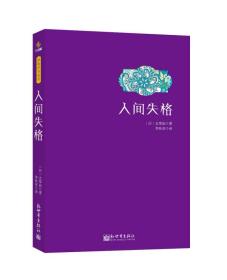
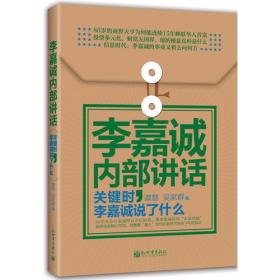



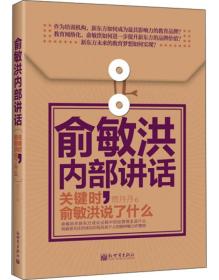
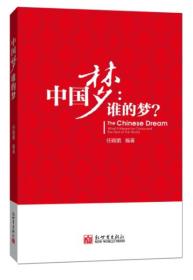
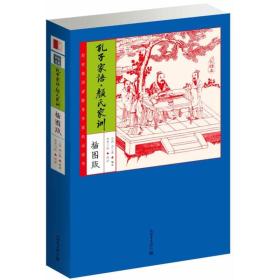
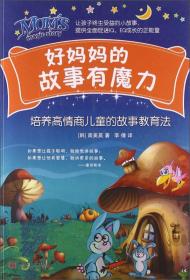


以下为对购买帮助不大的评价